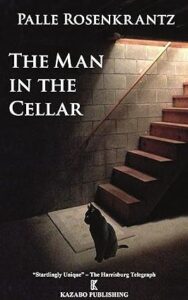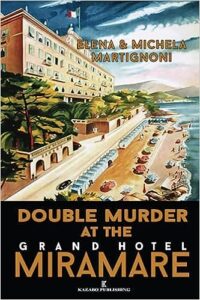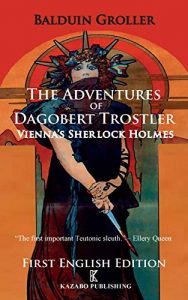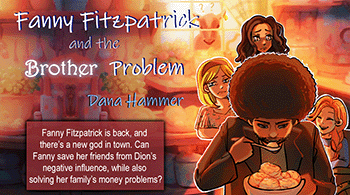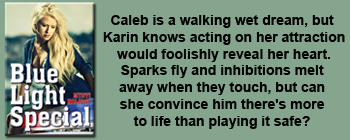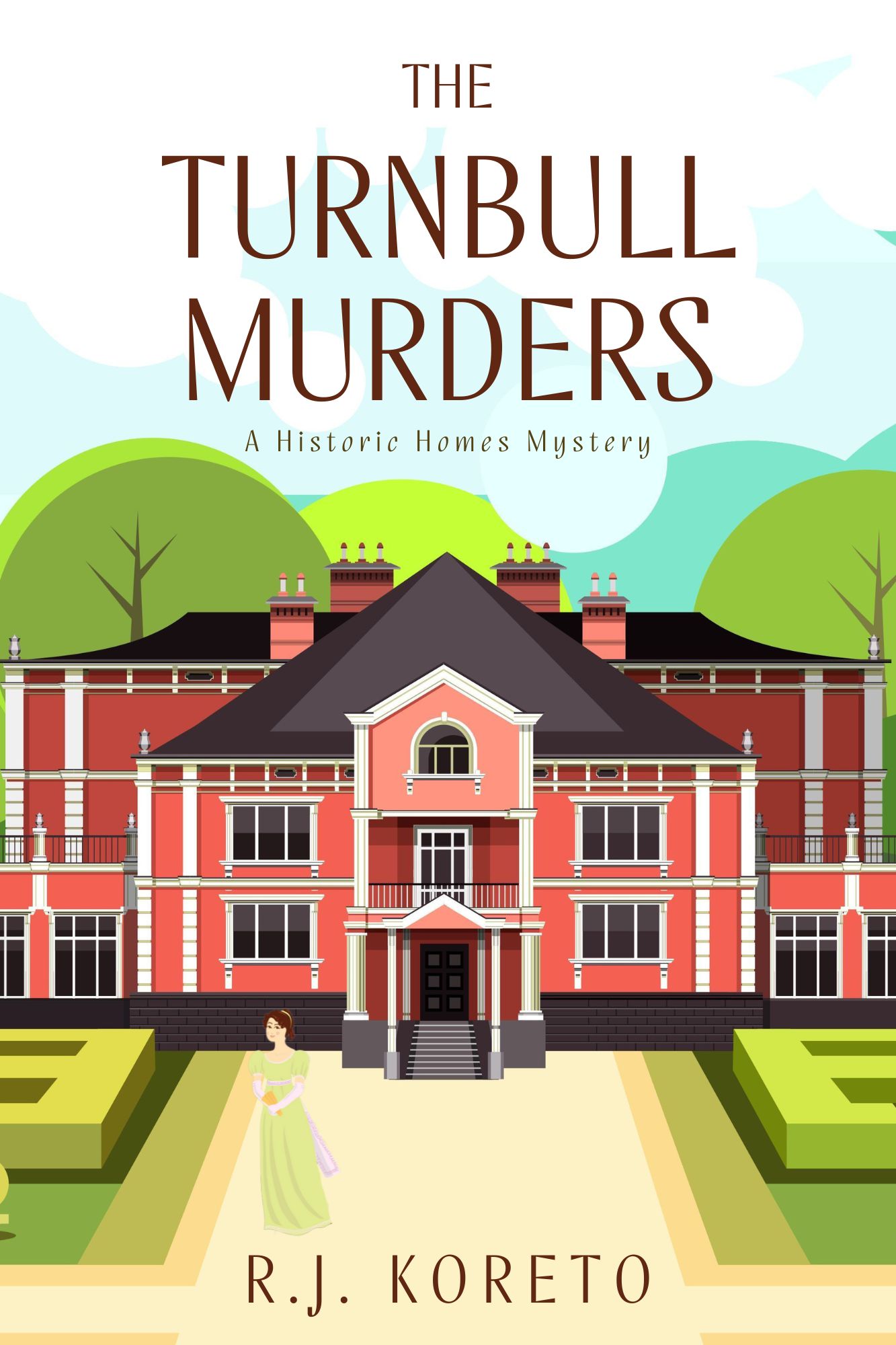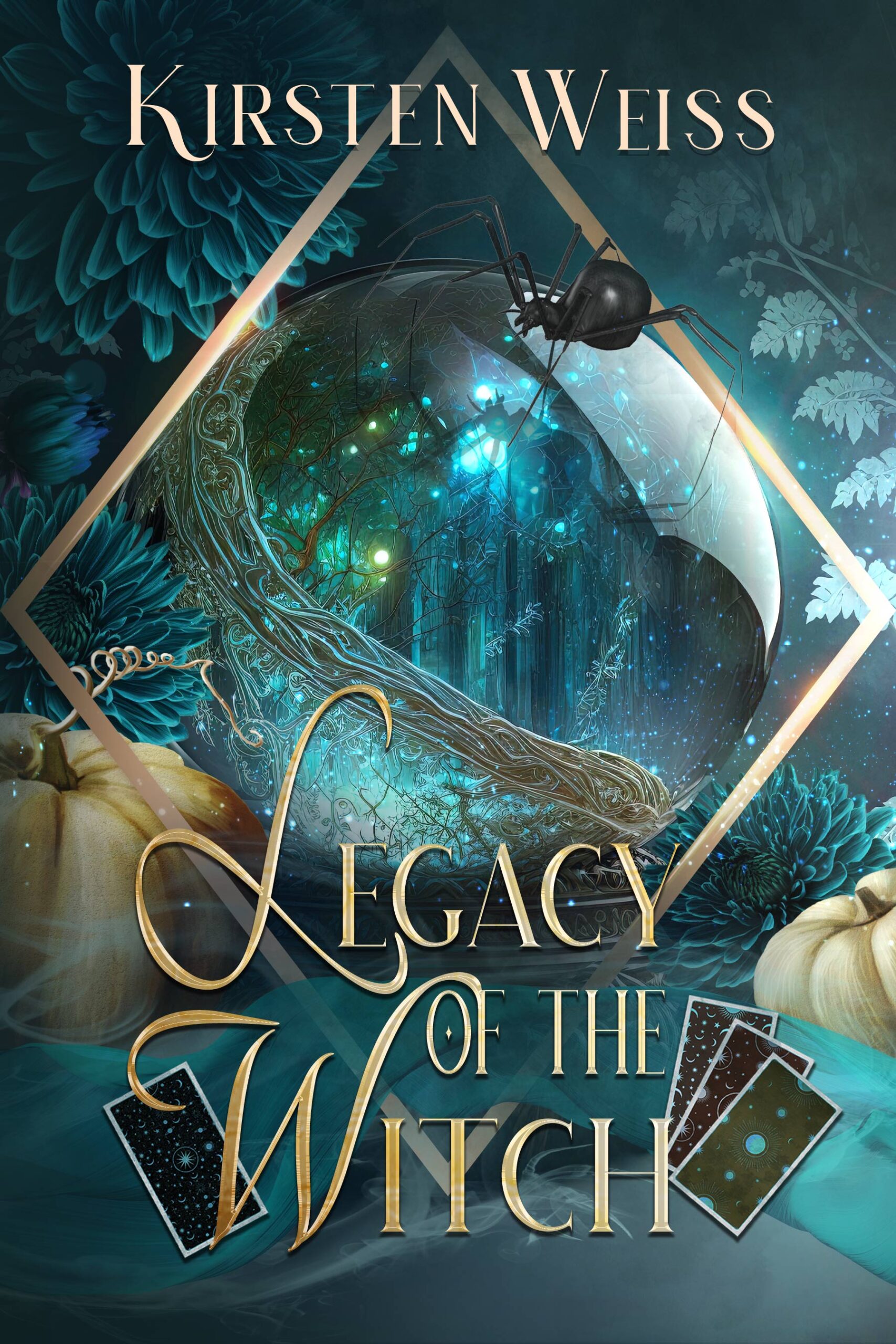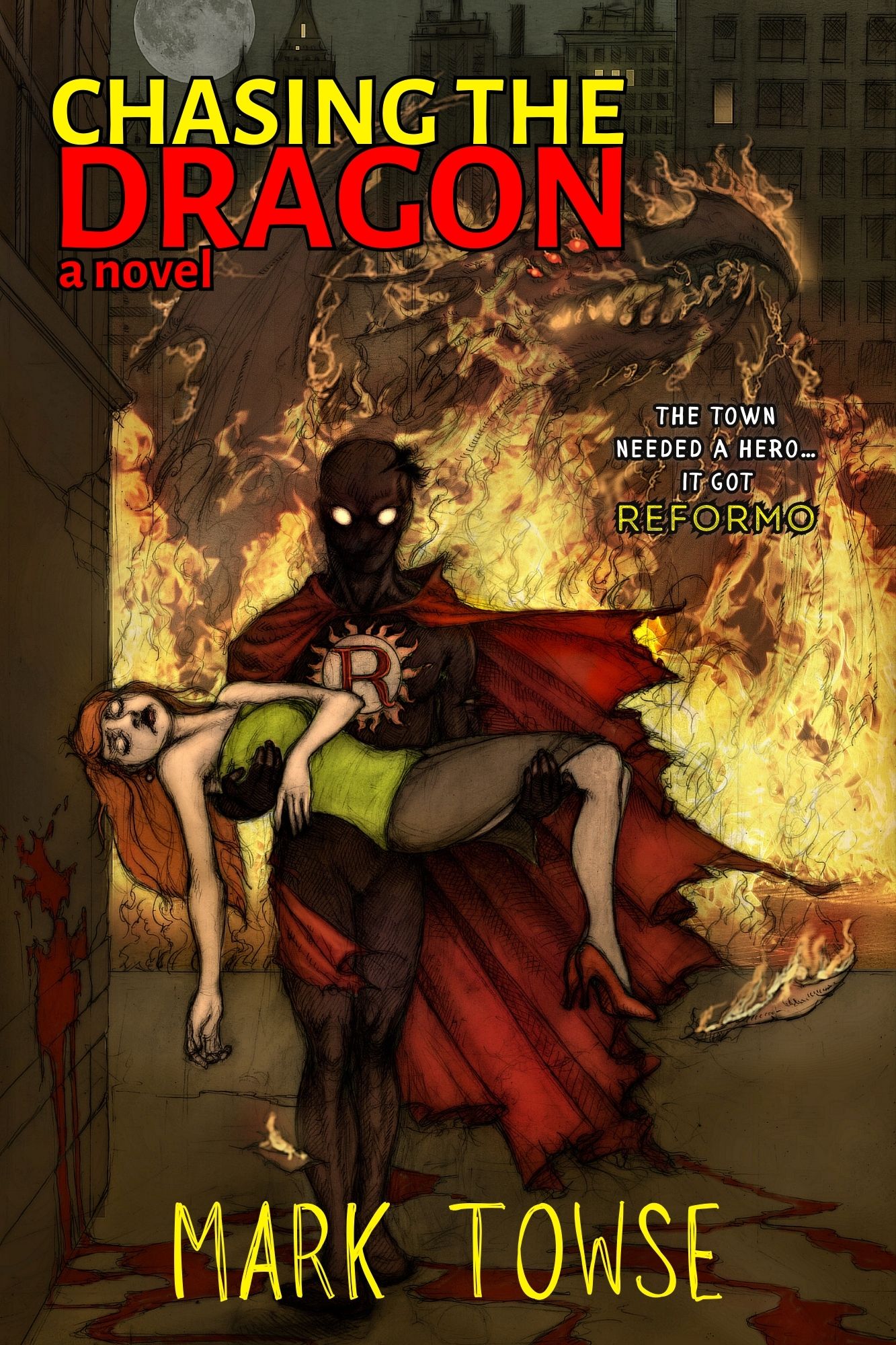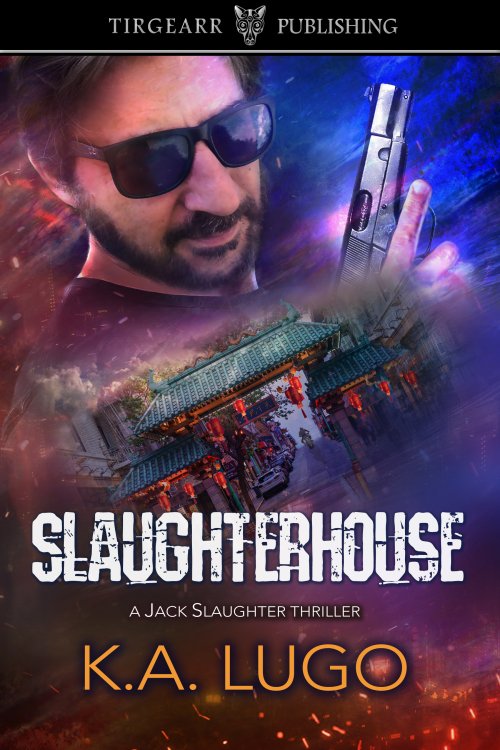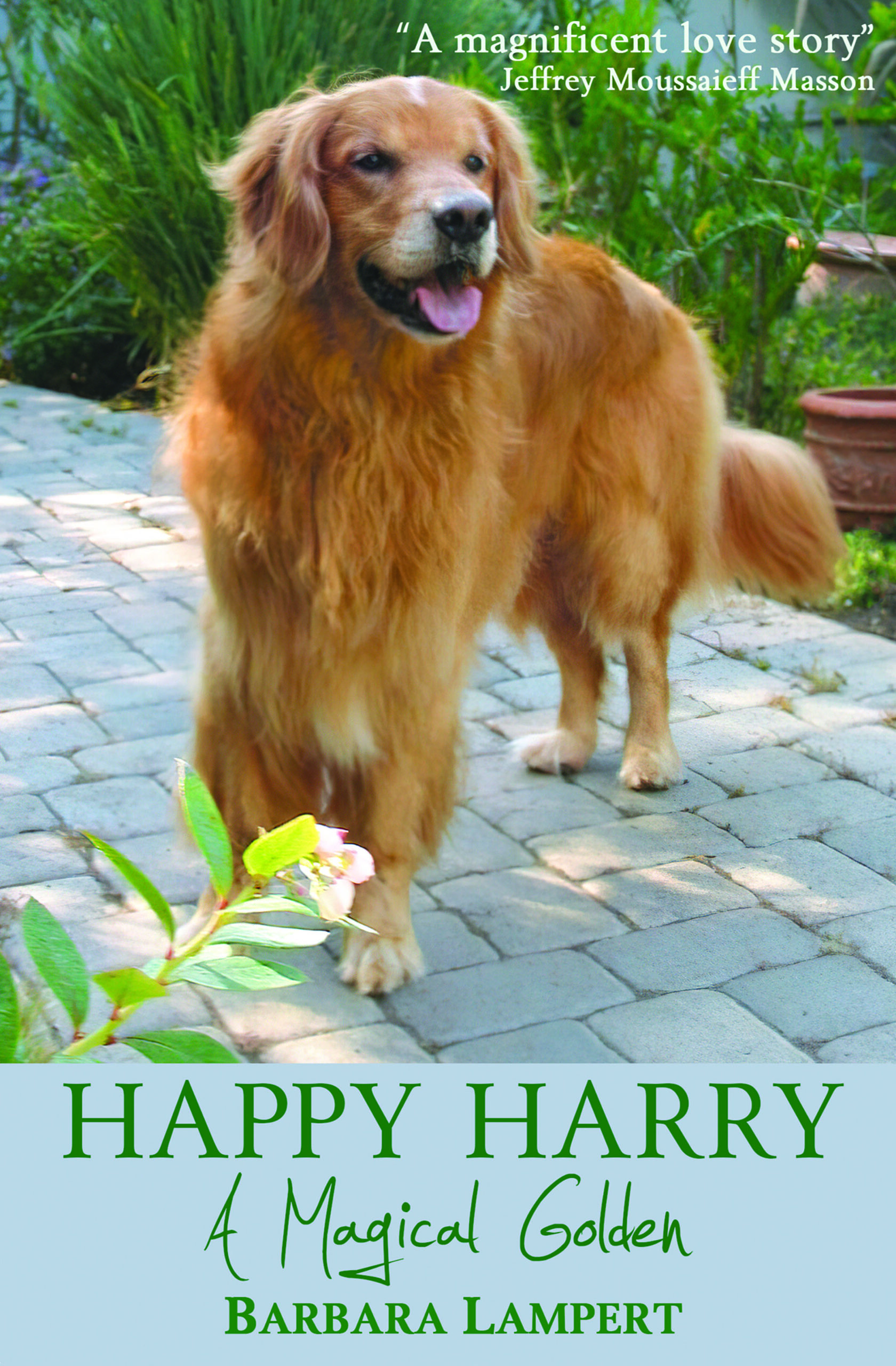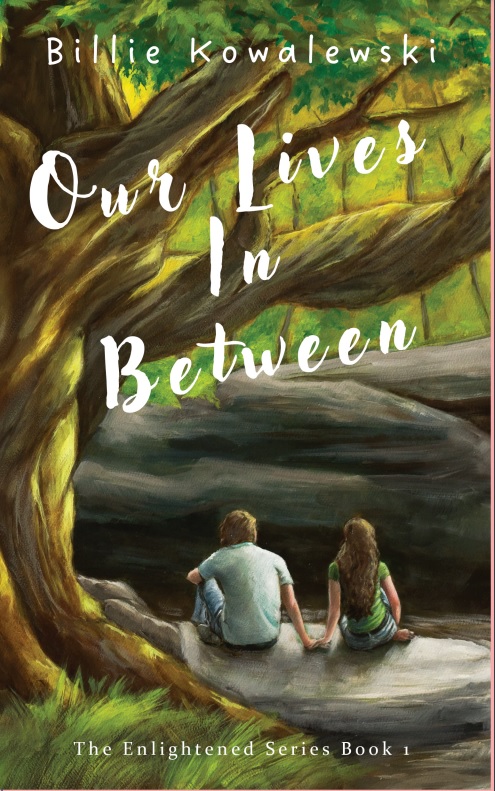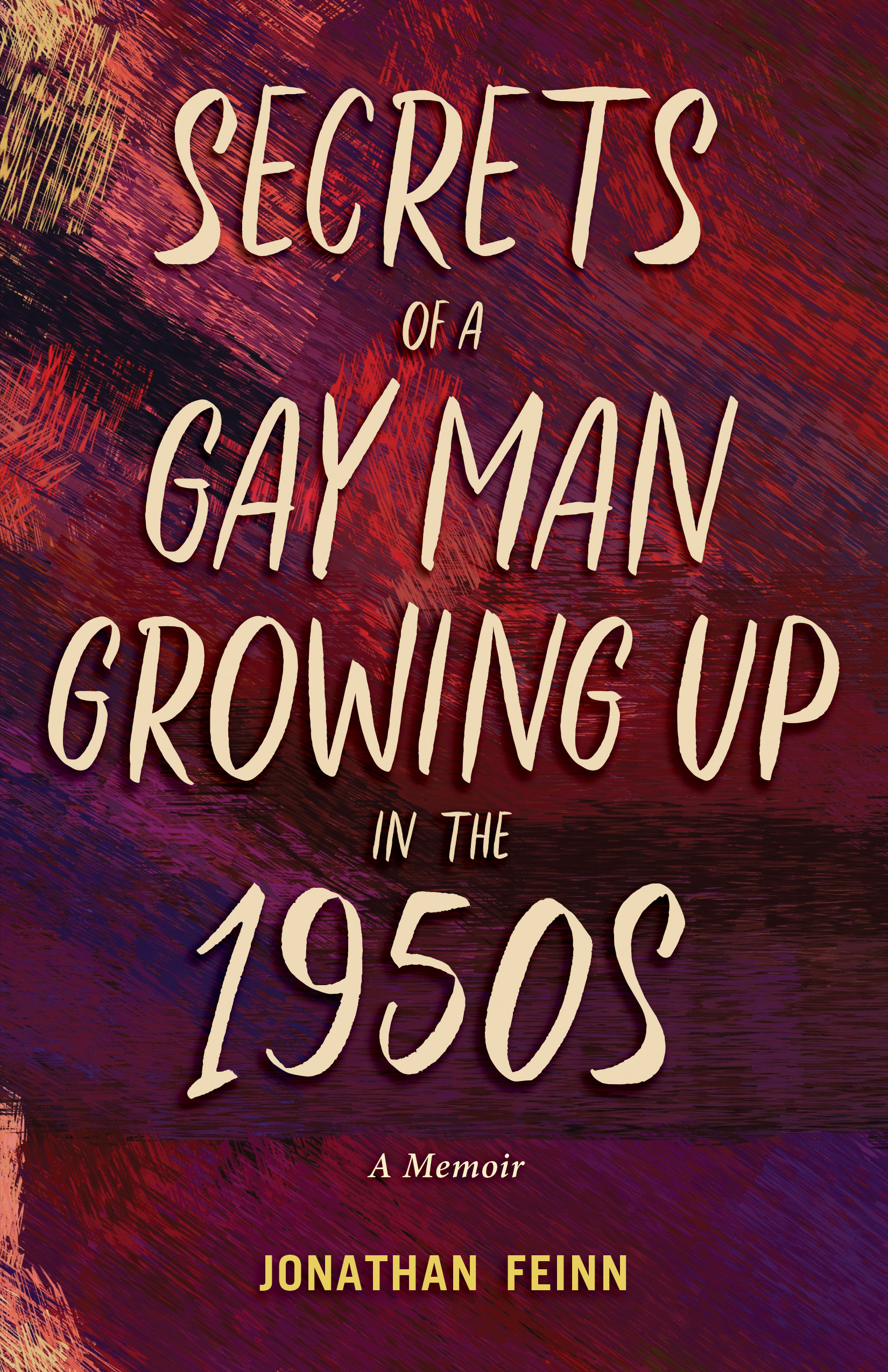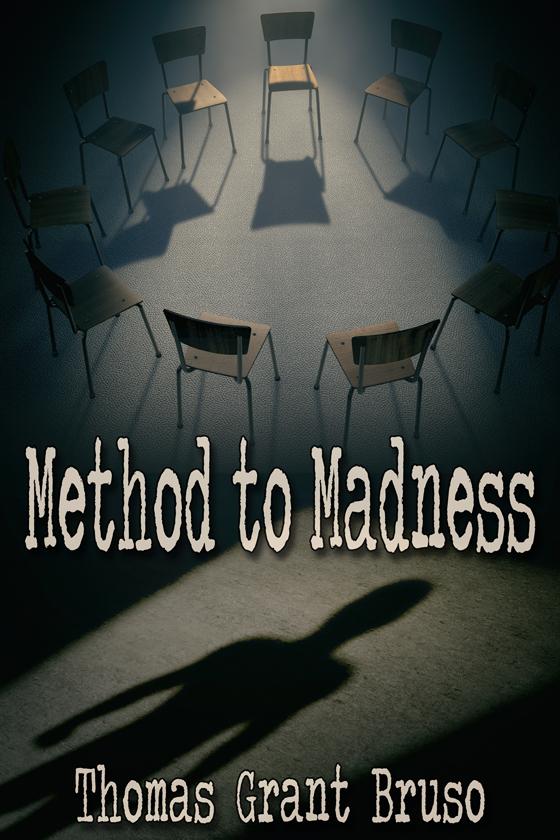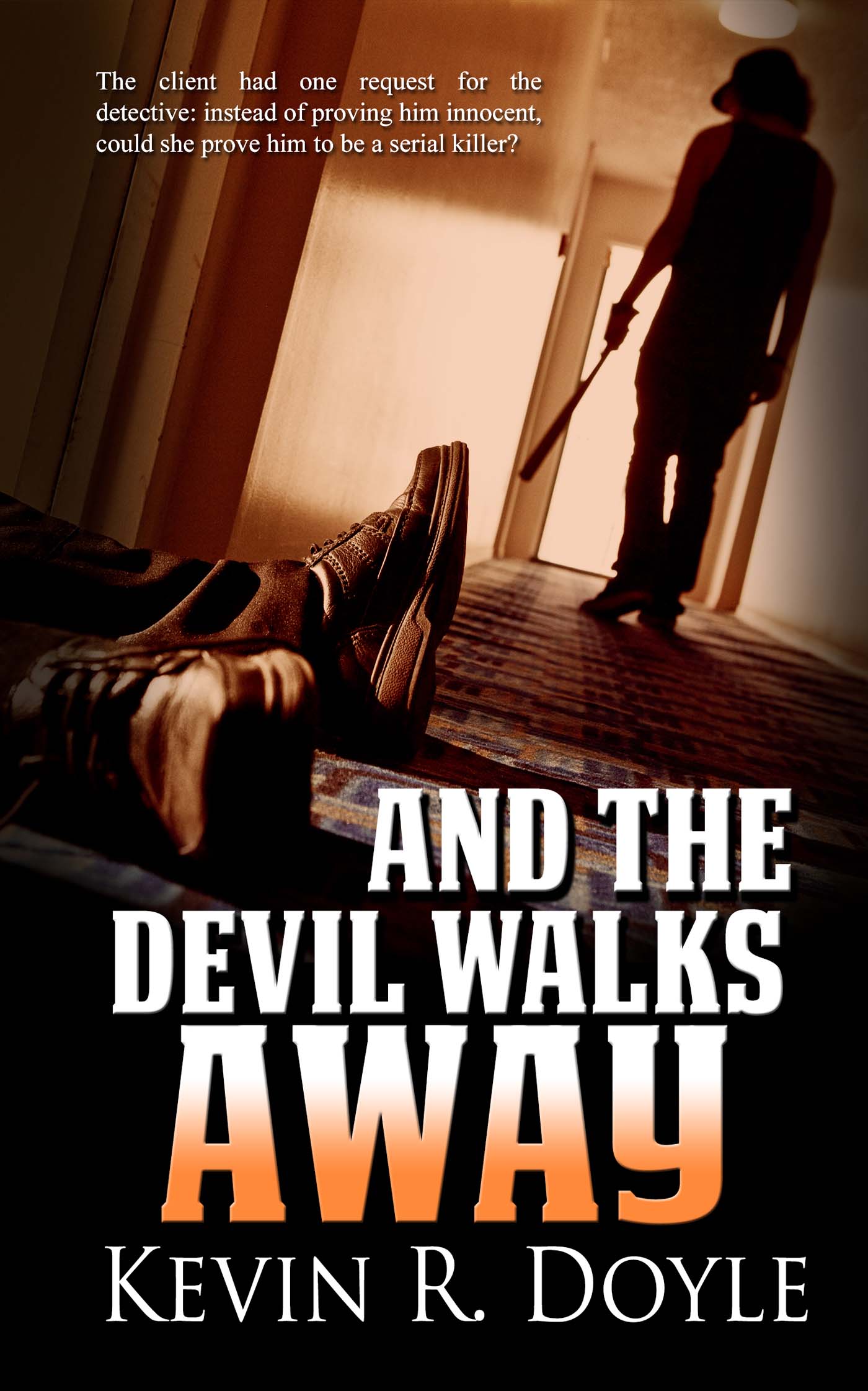The Man in the Cellar by Palle Rosenkrantz
Publisher: Kazabo Publishing
Genre: Mystery/Suspense/Thriller, Romance, Paranormal, Historical
Rating: 5 Stars
Reviewed by AstilbeHolger Nielsen just wanted a quiet London vacation when he rented 48 Cranbourne Grove. But the rental agent forgot to mention he’d be sharing his new home with a very hungry cat and . . . the man in the cellar.
When Holger Nielsen stumbles on a murder, the obvious thing to do is report it to the authorities and get on with his life. But as the crime unravels, it isn’t clear whether it’s worse to be an accessory to murder or an accessory to justice. Scrupulously authentic, The Man in the Cellar is an insider’s tour of turn-of-the-century London and Denmark. But beware. Scandinavia hasn’t always been IKEA and Legos.
Introspection is required for this tale, and it will be richly rewarded.
I enjoyed the challenge of attempting to solve the murder alongside Holger’s efforts to do the same. The author did not make this an easy task, and there were plenty of clues along the way that were either not necessarily what they seemed to be at first glance or could be interpreted differently depending on how the reader wanted to understand them. As someone who has read quite a few books from this genre, I appreciated the mental challenge of it all. This was something that required paying close attention and using one’s deduction skills. That’s exactly the sort of mystery I love to read.
The character development was strong for the protagonists and supporting characters alike. This is not an easy task to accomplish by any means, but it makes for such a rewarding experience when it happens. Many of the people described in this tale were middle-aged or senior citizens, and it was interesting to see how the various generations communicated with each other as there were certain differences in what they considered appropriate behavior along the way. Not only that, but each individual had quirks or habits that made his or her reactions to specific scenes unique. Holger, for example, seemed to be a little wary of cats and eager to send them back to humans who knew what to do with such unpredictable little creatures as quickly as possible when I first met him. Learning about how everyone’s minds worked only made me more eager to keep reading.
This is one of those cases where a slower pacing works beautifully. There is definitely something to be said for getting to know the characters, clues, and settings well before moving on to the next scene. Including letters between characters, all of whom had their own special writing styles, was a smart way to encourage readers to pause and think about what they were reading and how much of it was new information versus a confirmation of things the characters may have already figured out.
The Man in the Cellar was an excellent example of the best the mystery genre has to offer.
